If you’ve ever struggled to find a single pot that actually delivers on flavor, lasts a long time, and doesn’t cost a fortune, this guide to the best Dutch ovens will show you exactly what to buy—and why every home cook needs one.
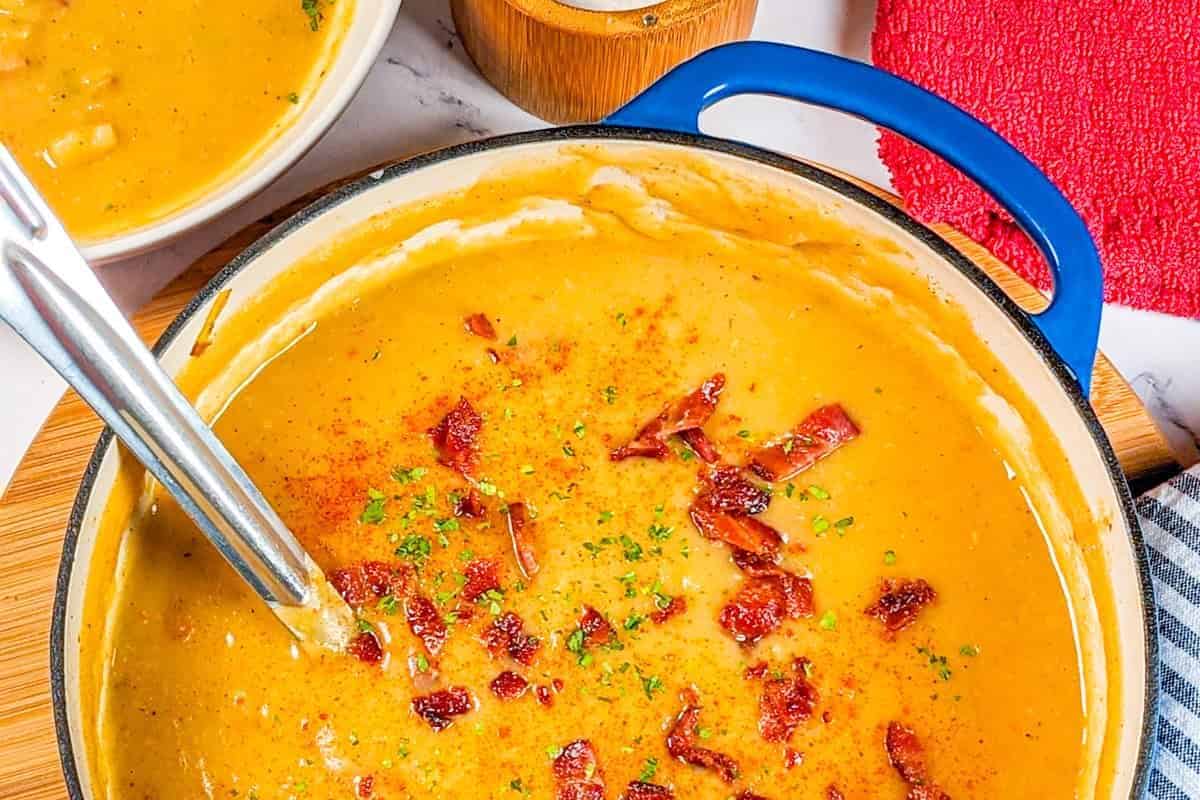
Table of Contents
Jump to:
- Best Dutch Oven = Best Investment
- What Is a Dutch Oven?
- Why I Love It (and You Will Too)
- My Favorite Dutch Ovens
- A Bit of History: Lodge Cast Iron
- Recommended Dutch Ovens to Explore
- Dutch Oven Recipes
- Technique Culinary Glossary
- Care Tips
- Frequently Asked Questions
- Latest Recipes
- Explore Cook's Notebook
- Subscribe to the YouTube Channel
- Have a Comment or Question?
Best Dutch Oven = Best Investment
You’ve probably heard every cooking show, food blog, and your favorite TikTok chef rave about a Dutch oven. And trust me, they’re not exaggerating. From braising short ribs, baking no-knead bread, or throwing together a one-pot curry meatball soup (wink wink), a Dutch oven is one of the best investments you can make for your kitchen.
Let’s break down why this heavy-duty pot deserves a permanent spot on your stove—and which one I swear by in my own kitchen.
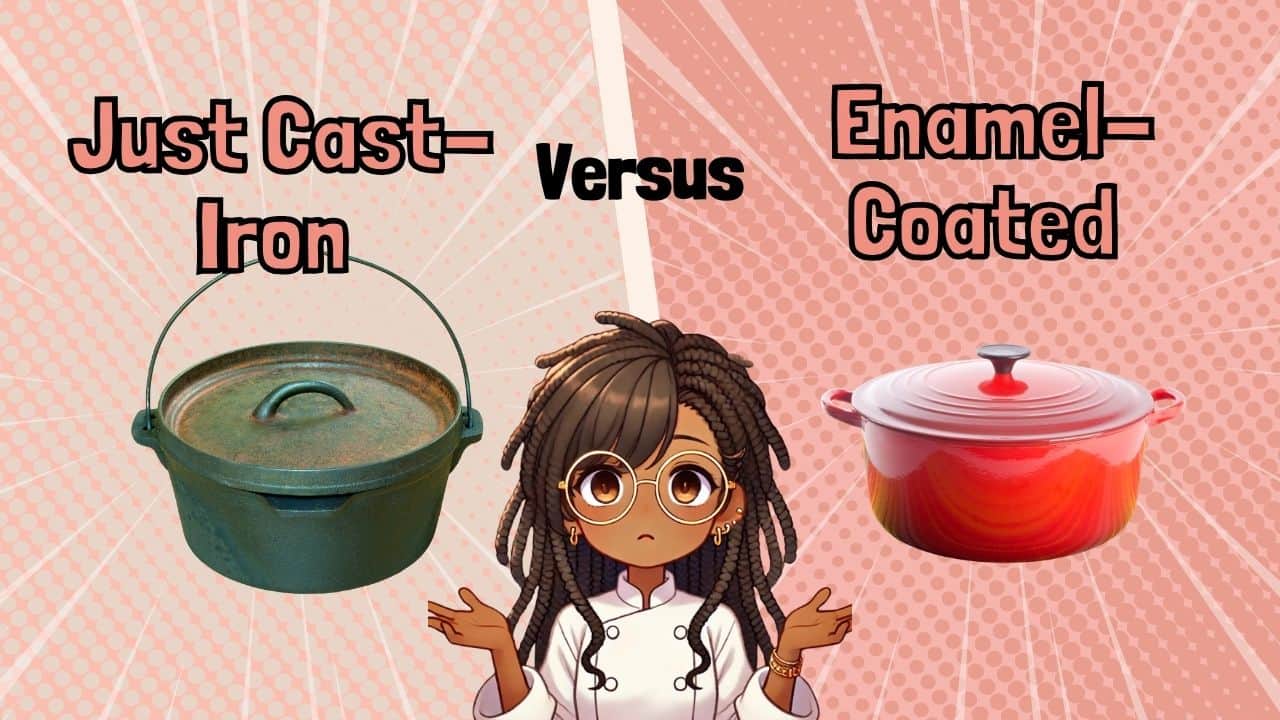
What Is a Dutch Oven?
A Dutch oven is a thick-walled iron pot with a tight-fitting lid, known for its thick walls and excellent heat distribution. It is often part of cast iron cookware collections and comes in two primary types: traditional cast-iron Dutch ovens and enamel-coated ones.
While plain cast iron requires seasoning, enamel coating allows you to cook acidic foods like tomato sauce without worry.
Tough Stuff
This perfect pot can withstand high heat and is ideal for oven cooking, stovetop use, or even to boil water or slow-braise your favorite meats. With its ability to trap steam, it’s a top choice for moist-heat cooking methods like braising and for baking sourdough bread.
From searing to simmering, it’s the best option for home cooks looking for durability and versatility.
Whether you're shopping for a ceramic Dutch oven, a Staub Dutch oven, or even a budget Dutch oven like Amazon Basics Dutch Oven, the most important considerations are its cooking surface, enamel quality, heat tolerance, and overall size (usually measured in quarts). A 5.5 to 6 qt Dutch oven is a good starting point for most recipes.
This ain’t just another pot—it’s a multi-tasking beast.
The Dutch Oven Broken Down
A Dutch oven is a thick-walled pot (usually cast iron) with a tight-fitting lid. It holds and distributes heat evenly, which makes it perfect for slow cooking, searing, and simmering. Most are enamel-coated for easy cleaning and no seasoning needed—although some bare cast iron ones still exist for the purists.
My Rating: ⭐⭐⭐⭐⭐
Purchased: 07/29/23
Update: 08/19/24
My Review: For 125 years, Lodge Cast Iron has been a family-owned company located in South Pittsburg, Tennessee. Their cookware, known for its dependability, is made of rugged, seasoned cast iron for excellent heat retention and durability. This is still my go-to Dutch oven. You'll find it in a lot of my recent videos. It's heavy, durable, non-stick, and it holds heat well. Also, a big lesson: never pre-heat an enameled Dutch oven without oil. This will crack the enamel. I learned this the hard way.
Why I Love It (and You Will Too)
This piece of cookware isn’t just a trend—it’s an essential tool that withstands high temperatures and heavy use. Its enamel coating protects against wear from metal utensils and acidic dishes while providing a smooth interior enamel that’s easy to clean. The thick walls and heavy pot design offer excellent insulation, allowing for lower-temperature cooking without sacrificing results.
I’ve used my Dutch ovens for a long time now and run them through my own version of durability tests. They’ve held up beautifully through regular use—making them a great tool for anyone building their cookware collection or looking for a quality Dutch oven with real cash value.
Here’s what I personally use my Dutch oven for:
- Making rich broths or soups that simmer all day
- Braising meats until they’re falling apart tender
- Cooking pasta and sauce in one pot
- Baking artisan-style bread with a crispy crust
- Frying plantains, chicken, or even fritters evenly (because cast iron holds heat like a champ)

Chef Tip: If you're someone who batch cooks or meal preps, a Dutch oven is a game-changer. You can make enough food to last days—and it reheats like a dream.
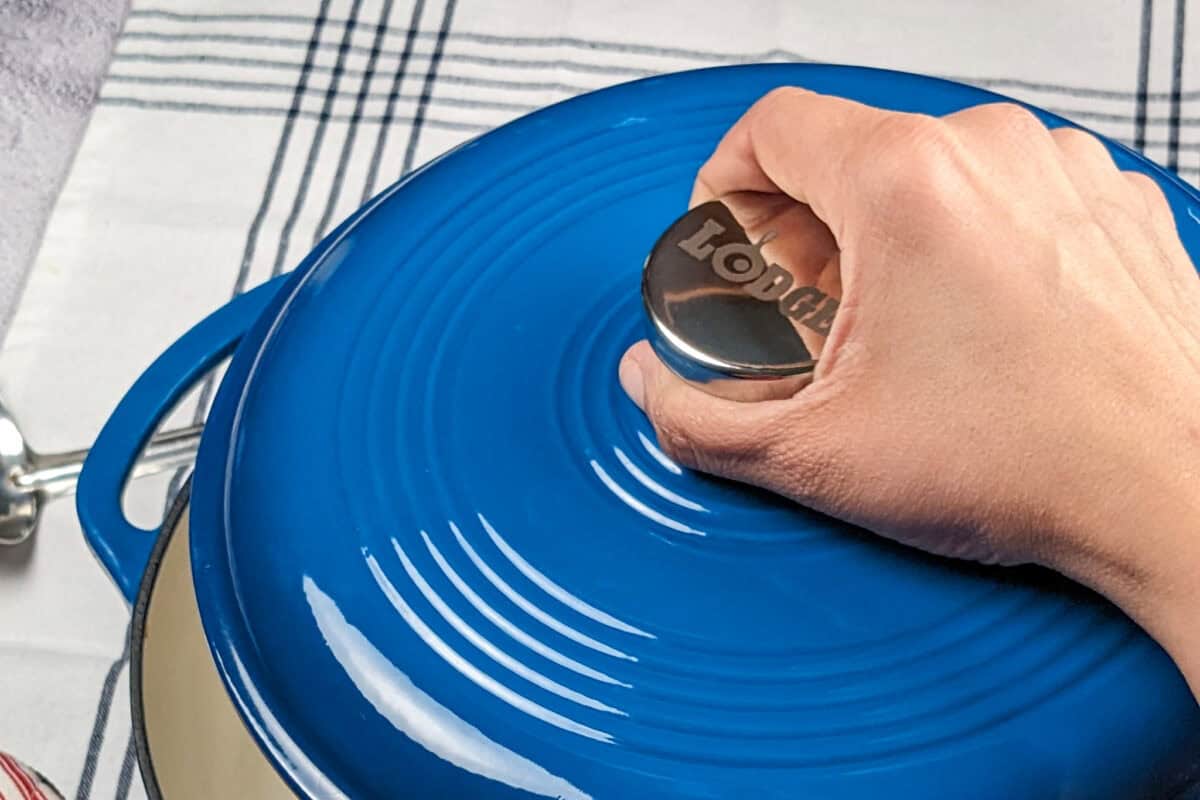
My Favorite Dutch Ovens
My Lodge Dutch Oven Collection and Why I Love Each One
In my kitchen, I use several Lodge Dutch ovens of different sizes because they each serve a unique purpose. Here's what I personally own and why they're essential:
Lodge 1.5 Quart Enameled Cast Iron Dutch Oven
This compact Dutch oven is ideal for making sauces, gravies, small portions of soups, or even warming up leftovers without using the microwave. I love it for prepping small side dishes, like rice or individual servings of dips and baked eggs. Its small size makes it perfect for reheating or finishing sauces directly on the stovetop.
Lodge 4.5 Quart Enameled Cast Iron Dutch Oven
This is my weekday workhorse. It’s the perfect size for 2–4 servings of stews, curries, or braised vegetables. I often use it for one-pot dinners when I don’t want to haul out my larger Dutch oven. The Caribbean Blue also brings a pop of color to the table when serving.
Lodge 3.6 Quart Enameled Cast Iron Oval Casserole
I use this one when I’m making roasted vegetables, fish, or layered bakes like lasagna or gratins. Its oval shape makes it ideal for fitting whole fish or elongated cuts of meat. It’s also great for dishes you want to take straight from oven to table.
Same size and functionality as the Island Spice Red, but in a beautiful cool-toned color. I love alternating these based on my mood or kitchen vibe. These oval casseroles are the unsung heroes of side dish prep, and they look stunning on the table for holiday meals.
All of these are oven-safe up to 500°F, work on the stovetop, and can be used to marinate, cook, bake, refrigerate, and serve—truly multifunctional.

A Bit of History: Lodge Cast Iron
Lodge Cast Iron has been making cookware in the USA since 1896. Founded by Joseph Lodge in South Pittsburg, Tennessee, the company is one of America's oldest cookware manufacturers—and they’re still family-owned.
Known for their quality craftsmanship and affordability, Lodge products have become a staple in both professional kitchens and home cooking setups.
Reliability and Value
Their enameled Dutch ovens combine modern convenience with over a century of cast iron expertise, making them an ideal choice for cooks who want both reliability and value.
Durability and Affordability
This is the one I personally use in my kitchen—and it’s the real MVP. Lodge nails the balance between durability and affordability. It holds heat beautifully, comes in fun colors, and can handle everything from a pot of Sunday stew to baking fluffy bread.
It’s the kind of pot you’ll use weekly, maybe even daily, and it won’t cost you a fortune to get started.
Shop the Lodge 6 Quart Red Essential Enamel Dutch Oven
Recommended Dutch Ovens to Explore
If you’re looking for other options—whether you want to splurge or just like variety—here are a few that I also recommend:
Le Creuset Dutch Oven
Heirloom-quality, incredibly durable, and available in every color imaginable. This is the Dutch oven to pass down to your grandkids.
Staub Cast Iron Dutch Oven
A French classic known for its self-basting lid and sleek design. Excellent for braises and elegant enough to go from stove to table.
Cuisinart 5 Qt Enameled Dutch Oven
Solid entry-level option that gets the job done at a great price point. A great starter pot if you’re not ready to splurge. I have bought many Cuisinart cookware and appliances that still hold up. Visit their site to get this Dutch oven straight from them.
Dutch Oven Recipes
Here are a few of my recipes where the Dutch oven truly earns its keep:
- Creamy Chicken Corn Chowder with Dumplings | Dairy-Free
- One-Pot Curry Meatball Soup with Ground Turkey and Kale
- How to Make Easy Bacon Potato Leek Chowder | Creamy Comfort
- Best Air Fryer Habanero Adobo Salmon and Yellow Risotto
Each one benefits from the even heat and depth of flavor that only a Dutch oven can bring.
Recommended Reads
- Best Cast Iron Skillet Care | Cooking, Cleaning to Seasoning
- Spicy Macaroni Pasta and Pecorino Cheese Tomato Stew
- Best Must-Have Home Kitchen Essentials
- Green Lentil Kale Stew
- Spicy Red Bean Stew with Dumplings and Smoked Turkey
Technique Culinary Glossary
This section concisely defines key techniques related to this post to enhance understanding and improve cooking skills.
- Braising - A moist-heat cooking method where food (often meat) is first seared at a high temperature, then finished slowly in liquid in a covered pot. Dutch ovens are perfect for braising due to their tight-fitting lids and thick walls.
- Searing - Quickly cooking the surface of food—especially meats—over high heat to create a browned, flavorful crust. This is often the first step in recipes made in a Dutch oven.
- Deglazing - Adding liquid (like broth or wine) to a hot pan after searing to loosen and dissolve the flavorful bits stuck to the bottom of the pot. These bits are called “fond” and add tons of flavor to sauces.
- Simmering - Cooking food gently just below the boiling point. Dutch ovens help maintain a consistent simmer thanks to their heat-retaining cast iron core.
- One-Pot Meal - A dish that cooks all its components—protein, starch, vegetables—in a single vessel. Dutch ovens are ideal for this because of their large surface area and deep sides.
- Roasting - A dry-heat cooking method using high heat in the oven. Dutch ovens can be used to roast vegetables or even a whole chicken with juicy results.
- Proofing - Letting bread dough rise before baking. Many sourdough bread bakers use a Dutch oven during the baking stage because it traps steam and creates a perfect crust.
- Sweating - Gently cooking vegetables over lower heat until they soften and release moisture without browning. This is great for aromatics like onions, garlic, or peppers when starting soups or stews.
- Caramelization - The browning of natural sugars in food (like onions) that adds a sweet, deep flavor. A Dutch oven helps with even browning due to its consistent heat distribution.
- Acidic Foods - Ingredients like tomatoes, citrus juice, and vinegar. These can react with plain cast iron, but are safe to cook in enamel-coated Dutch ovens.
- Trapping Steam - When a pot’s lid fits tightly, it prevents moisture from escaping, allowing food to cook more evenly. This makes Dutch ovens great for both braises and baking.
- Enamel Coating - A smooth, glass-like finish inside a Dutch oven that protects the iron and prevents rust. It makes cleanup easier and allows you to cook tomato sauce or other acidic dishes safely.
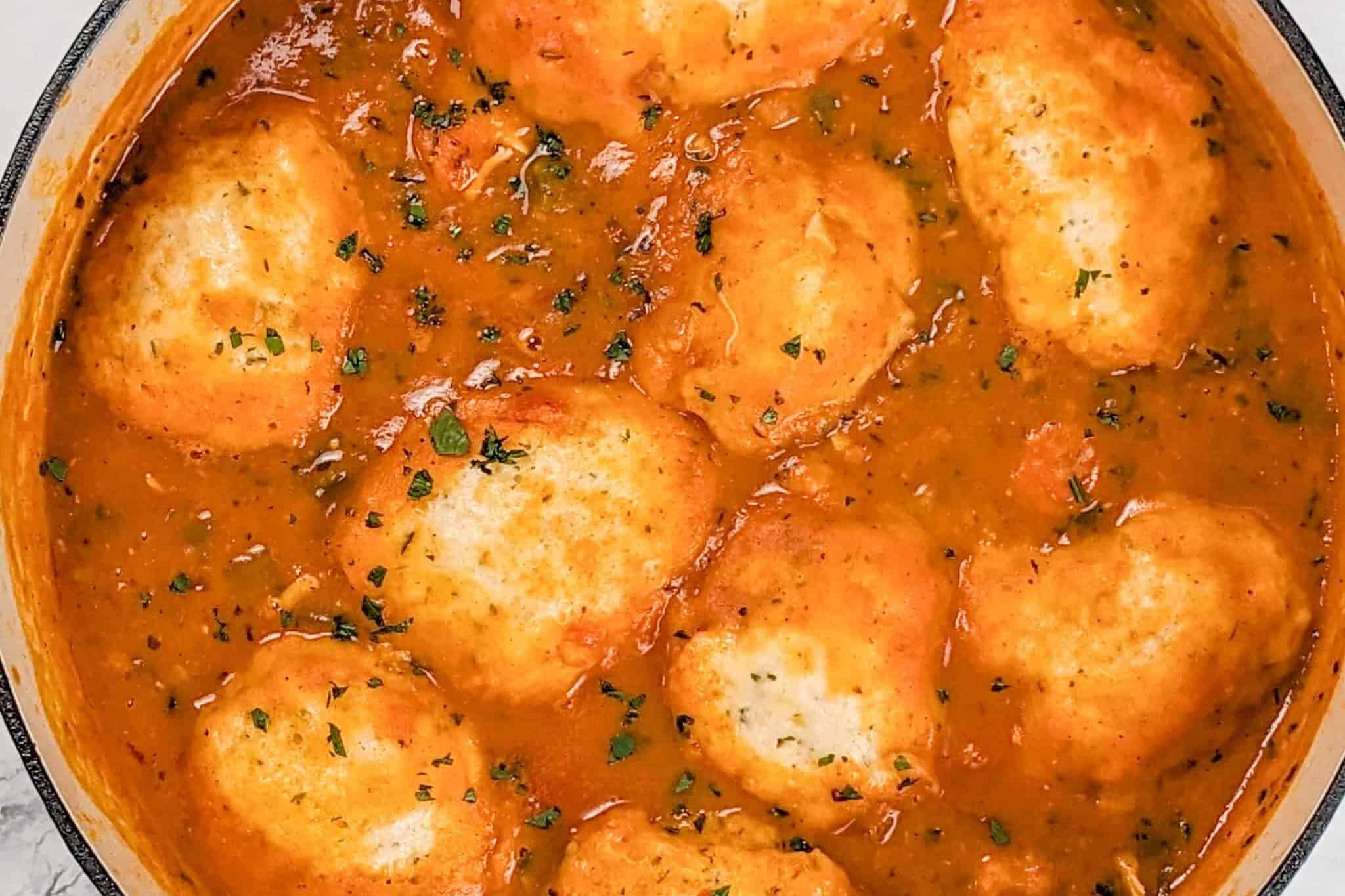
Care Tips
Cook's Notebook is your Cooking Tips Resource Guide. Become a better home cook with tips to help you cook more efficiently.
1. Avoid Sudden Temperature Changes
Let your Dutch oven cool gradually before washing it. Placing a hot Dutch oven under cold or hot water can cause thermal shock and damage the enamel coating or even crack the pot.
2. Use Non-Metal Utensils
Stick to wooden, silicone, or nylon utensils. Metal tools can scratch the enamel interior, especially with regular use, which can shorten the lifespan of your pot.
3. Hand Wash with Gentle Tools
Skip the dishwasher. Use warm water, mild dish soap, and a soft sponge or nylon pad to clean your Dutch oven. For tough spots, soak it with hot water and baking soda first—no steel wool needed!
4. Don’t Stack Heavy Pans on Top
Protect the enamel by storing your Dutch oven with care. If stacking is necessary, place a clean kitchen towel or soft cloth between pots to prevent chipping or scratching.
5. Dry Thoroughly and Store with Lid Off
After washing, dry your Dutch oven completely and store it with the lid slightly ajar. This prevents moisture buildup and protects against rust, especially if the rim is exposed cast iron.
Frequently Asked Questions
Here, you will find a list of common questions that I have answered. If you have questions, please write them in the comment section below.
Yes! That’s one of its superpowers. It transitions beautifully from stovetop sear to oven roast.
A 5.5 to 6-quart size is the sweet spot for most families and recipes.
If it’s enamel-coated, nope! Just wash and go. If it’s bare cast iron, you’ll need to season it like a cast iron skillet.
Yes, but only in enamel-coated Dutch ovens. The enamel coating protects the cast iron from reacting with acidic ingredients like tomatoes, vinegar, or citrus, making it safe for long simmers and flavorful sauces.
They’re essentially the same thing—both are heavy pots with lids used for slow cooking, braising, and baking. The term French oven usually refers to enamel-coated versions (like Le Creuset or Staub), while Dutch oven is more widely used and can refer to both plain cast iron and enamel-coated options.
Latest Recipes
- Bold and Easy Caribbean Cooking with Haitian Recipes
- One-Pan Calabrian Chickpea Pasta Recipe | Fast & Flavorful
- Curry Shepherd’s Pie with Cauliflower-Potato Mash | A Comforting Vegetarian Twist
- 20 Irresistible Fish Recipes
Explore Cook's Notebook
- Mastering FIFO: The Simple Method to Keep Your Food Fresh
- How to Prevent Cross-Contamination in Your Kitchen
- Diamond Slit Chicken Breast (Video & Pictures)
- How to Slice Chicken Perfectly Every Time
Subscribe to the YouTube Channel
SUBSCRIBE: 👈To my YouTube Channel to Get Notifications of New Videos.


Chef Maika Frederic
Personal Chef and Educator
Chef Maika is a Haitian-American personal chef, food blogger, and culinary expert passionate about bold flavors and approachable recipes. Owner of Growth Culinary and with years of experience in top kitchens, she shares diverse, flavorful meals and time-saving tips to inspire home cooks. Read More About Just Maika Cooking
Have a Comment or Question?
A Dutch oven isn’t just another pot—it’s a kitchen essential that’ll boost your cooking game for years to come. Whether you're simmering soul food collards or whipping up a hearty Caribbean stew, you’ll find yourself reaching for it again and again.
If you’ve been on the fence about getting one, consider this your sign.
Get my favorite Lodge Dutch Oven here
Got questions about which one’s right for you? Drop a comment below.

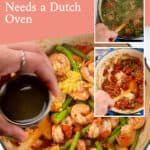
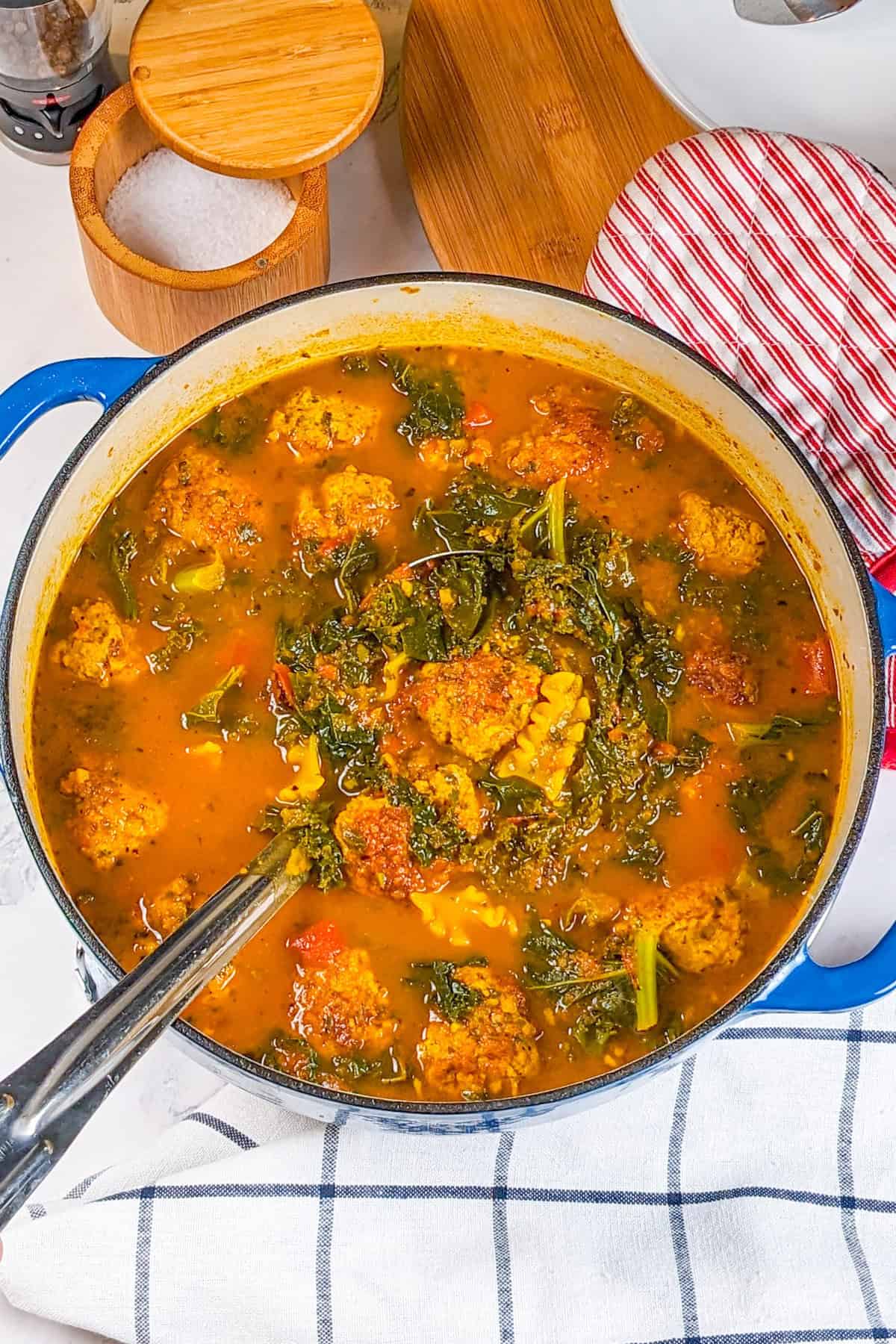







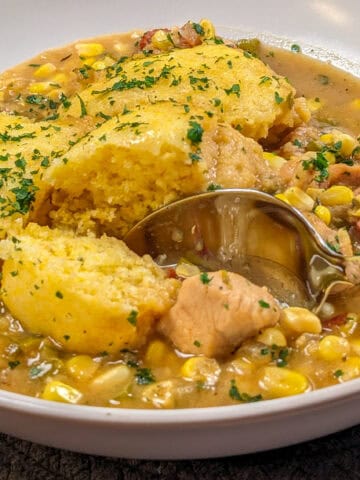
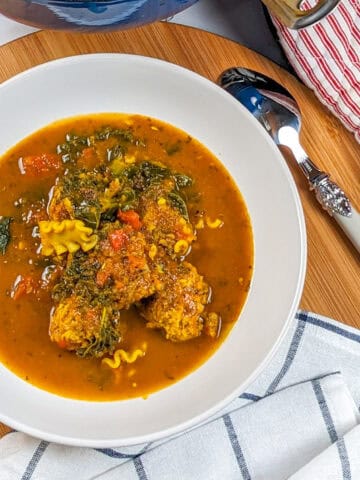
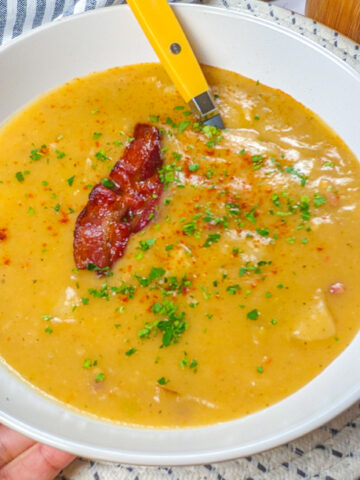

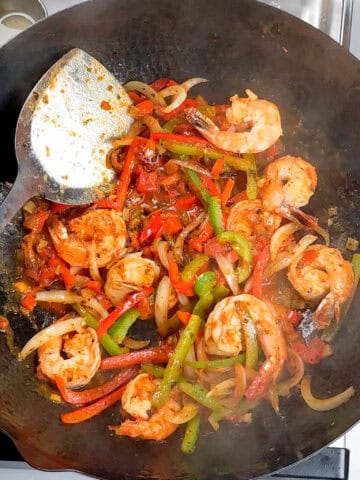
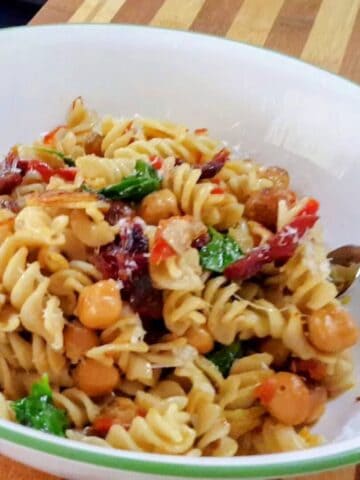
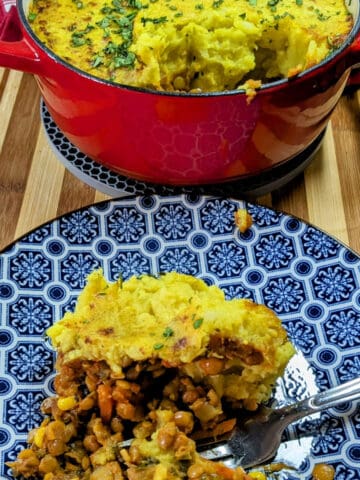
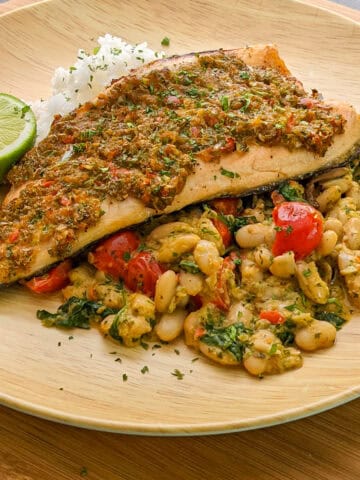
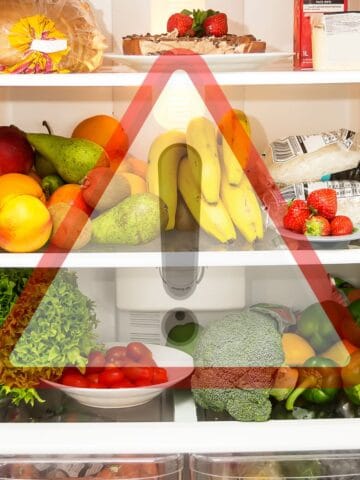
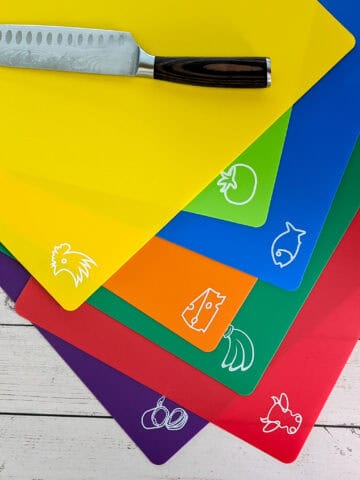
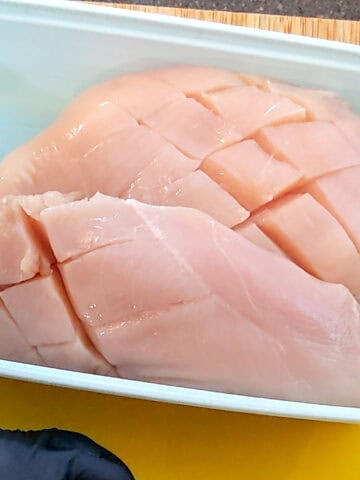
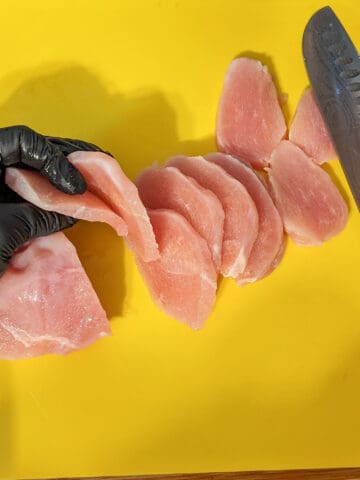
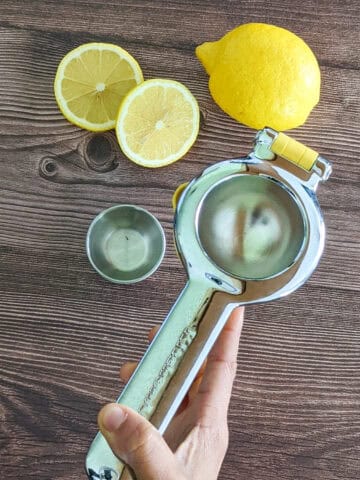
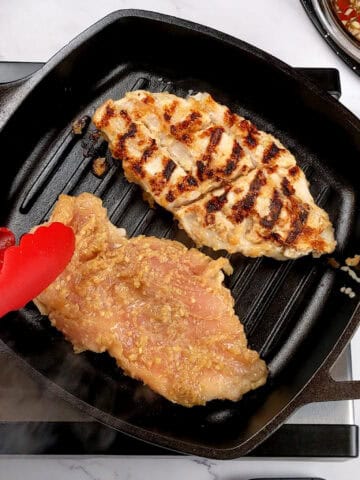
Leave a Reply